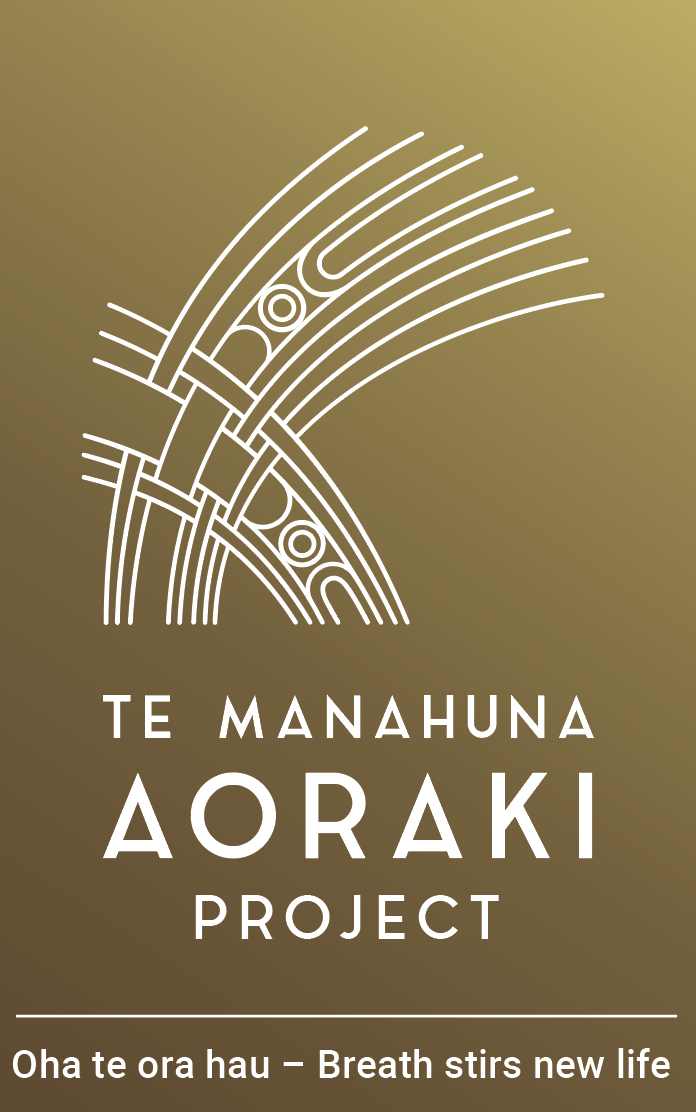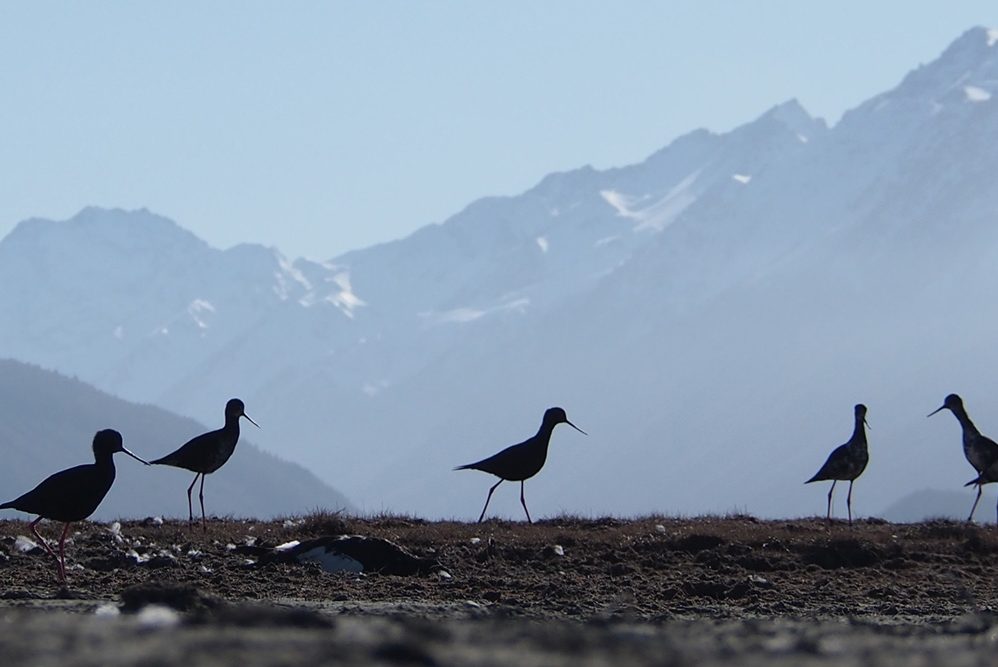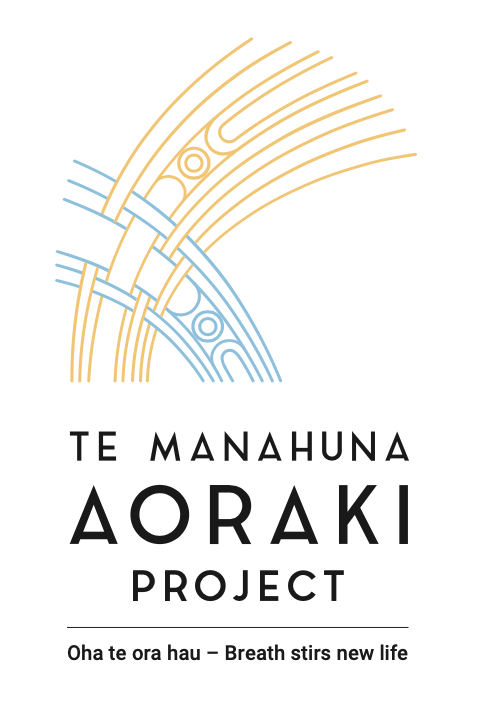Forty years ago the world’s rarest wading bird, the kakī/ black stilt, teetered on the brink of extinction with just 23 birds left. Its survival has depended on one of the most intensive and successful captive rearing programmes in the country. Will it be enough to save them?
By George Driver
Story Excerpt
It’s not often you get to be in a building where almost an entire species came into this world, but you can visit one near Twizel. In a couple of basic, corrugated iron-clad buildings, past a power substation and down a pot-holed, gravel road a few kilometres out of the town, is a place Liz Brown calls a “bird factory”. “It’s a production line,” she says.
For the last 14 years, Brown has run DOC’s kakī captive management centre. Every spring, a team finds every known breeding pair of kakī, takes every egg they lay and brings them to her.
In the lab-like hatchery — picture fridge-white walls, stainless-steel benches, fluorescent lights and a general air of sterility — every variable of the chicks’ environment is carefully controlled. Each egg is placed in an incubator, heated to 37.5 degrees for 25 days before they hatch. The newborns then move to austere metre-square plastic boxes lined with newspaper, where their condition is regularly monitored, including a weigh-in every day. For a few hours, a small trapdoor is raised to give them access to a cage outside.
After a month, they are moved into a large aviary, with one bay per brood of six. More than 100 kakī are housed here in three aviaries. After a year, they’re all released into the wild, where roughly two-thirds will be eaten, starve or freeze to death within a year.
It’s a bit bleak, but it’s an intervention that’s necessary for the species’ survival. “It’s an invasive and quite a disruptive thing to be doing to a wild population, but it’s our last-ditch effort,” Brown says. “If we weren’t doing what we’re doing, modelling suggested that in six or seven years they would be functionally extinct.”
In the wild, kakī chicks have roughly a four per cent chance of fledging. Here near Twizel, that increases to about 80 per cent.
Over the last 40 years, the captive rearing programme has become one of the most successful in the country. Each year, up to 181 chicks are released, sometimes exceeding the entire adult kakī population, which now numbers 143.
The efforts have staved off extinction, but the species remains unable to survive without these intensive and intrusive interventions. Despite releasing hundreds of birds and the population almost tripling in the 2010s, in the last few years that growth has stalled. The mortality rate in the wild remains high. The factors that nearly caused their extinction — introduced predators and habitat loss — remain.
But a new project might just be enough to put Brown out of a job and finally make the kakī wild again.


